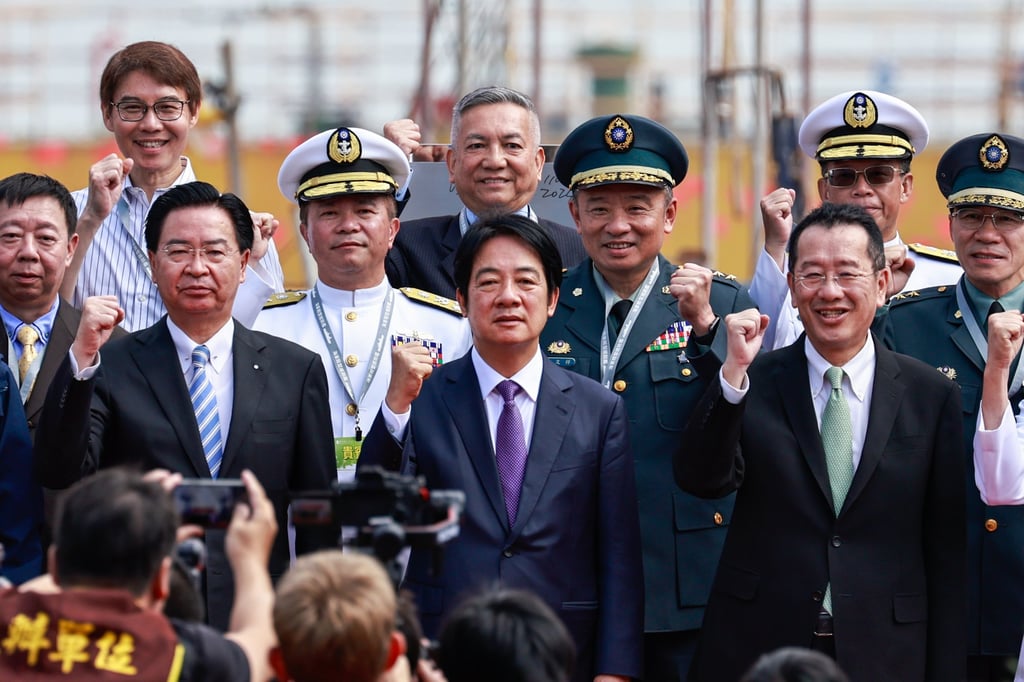Taiwan’s communications with the outside world rely on a total of 15 undersea cables – a tenuous state of affairs for the self-ruled island, which lies about 200km (124 miles) from mainland China, and next door to world’s largest army, by headcount, and the largest navy, by total number of ships.
It is no surprise then that given the fraught relations between Beijing and Taipei that the leaders of the island of 23 million people have called for more reliable and secure communications infrastructure in the event of war.
The most obvious inspiration has been Ukraine, which has endured almost 1,000 days of a Russian invasion, in part by being able to maintain critical communication links to help coordinate military responses, despite serious damage to ground communication infrastructure. The vital links have been made possible by the Starlink satellite network, a division of Elon Musk’s space flight company SpaceX.
Despite sourcing challenges, Taiwan has stepped up efforts to acquire similar services from foreign suppliers to strengthen its domestic communication.
During his inauguration speech in May, the island’s leader William Lai Ching-te declared his ambition to expand Taiwan’s world-leading semiconductor expertise into the space and drone industries to help boost the island’s defences.

“Our sights are set on making Taiwan the Asian hub of uncrewed aerial vehicle supply chains for global democracies and developing the next generation of medium- and low-orbit communications satellites, bringing Taiwan’s space and aerospace industries squarely into the international sphere,” Lai said.

 By South China Morning Post | Created at 2024-11-18 10:34:44 | Updated at 2024-11-18 12:18:27
1 hour ago
By South China Morning Post | Created at 2024-11-18 10:34:44 | Updated at 2024-11-18 12:18:27
1 hour ago








